The Turtle Ship of
Admiral Yi Sun-sin
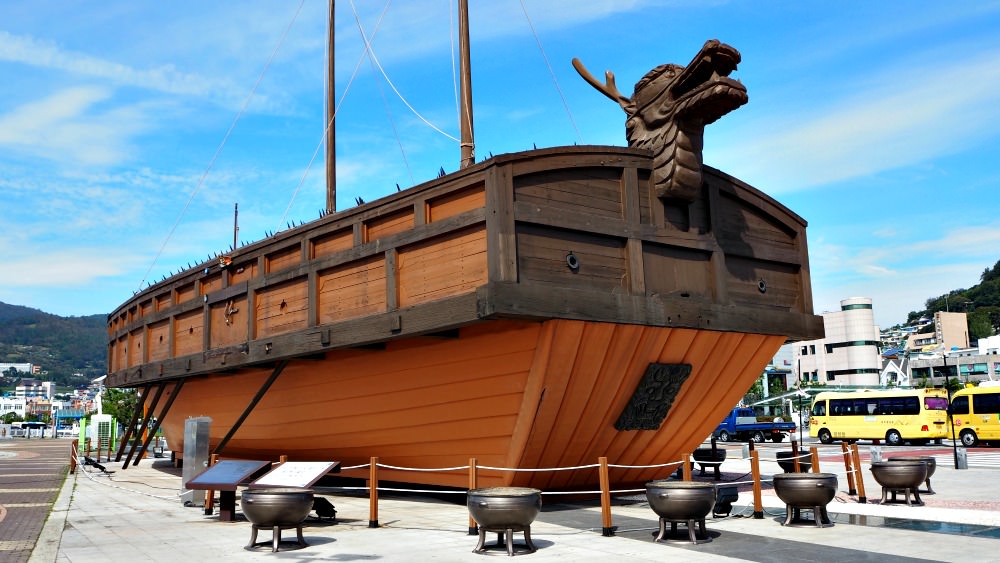 A replica of the turtle ship of Admiral Yi Sun-sin in Yeosu City, Jeollanamdo.
A replica of the turtle ship of Admiral Yi Sun-sin in Yeosu City, Jeollanamdo.Turtle Ship of Admiral Yi Sun-sin
The turtle ship, or 'geobukseon' (or 'gobukseon), is a fascinating piece of Korean naval history that has captured the imagination of scholars and enthusiasts alike.
This innovative battleship was designed by the legendary Korean admiral Yi Sun-sin and played a pivotal role in the country's victory against the Japanese navy during the 16th century.
As a curious traveler, I decided to explore the city of Yeosu, a place steeped in the turtle ship's history, to learn more about its origins and the story behind it.
In this article, I will share my experiences, insights, and some fascinating stories I learned from locals and experts.
Join me on this journey of discovery as we delve into the rich history of the turtle ship and the legacy it has left behind in Yeosu.
Turtle Ships: A Brief Overview
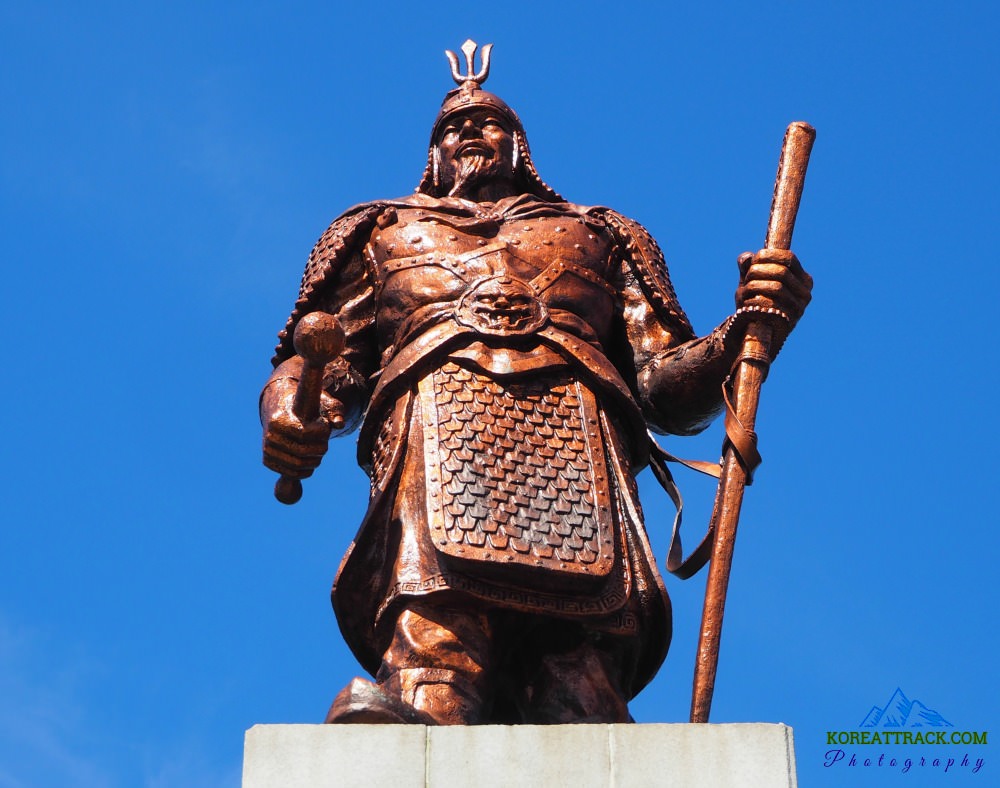
- Name and Origin: The term "turtle ship" (거북선 in Korean, pronounced as geobukseon)
- Purpose: deployed alongside the Panokseon warships during the Japanese invasions of Korea (1592-1598)
The turtle ship, also known as "Kobukson" in Korean, was a formidable warship that served the Korean Joseon Navy from the early 15th century until the 19th century.
These ships were built with advanced design features, including a unique turtle-shaped hull that made them virtually impenetrable to enemy attacks.
During the Imjin War, also known as the Japanese invasions of Korea, turtle ships were deployed alongside panokseon warships to defend against invading Japanese fleets.
These ships were a crucial part of the Korean Navy's defense strategy, as they were equipped with a wide range of weapons, such as cannons and mortars, and could launch devastating fire attacks on enemy ships.
Key Features and Historical Significance
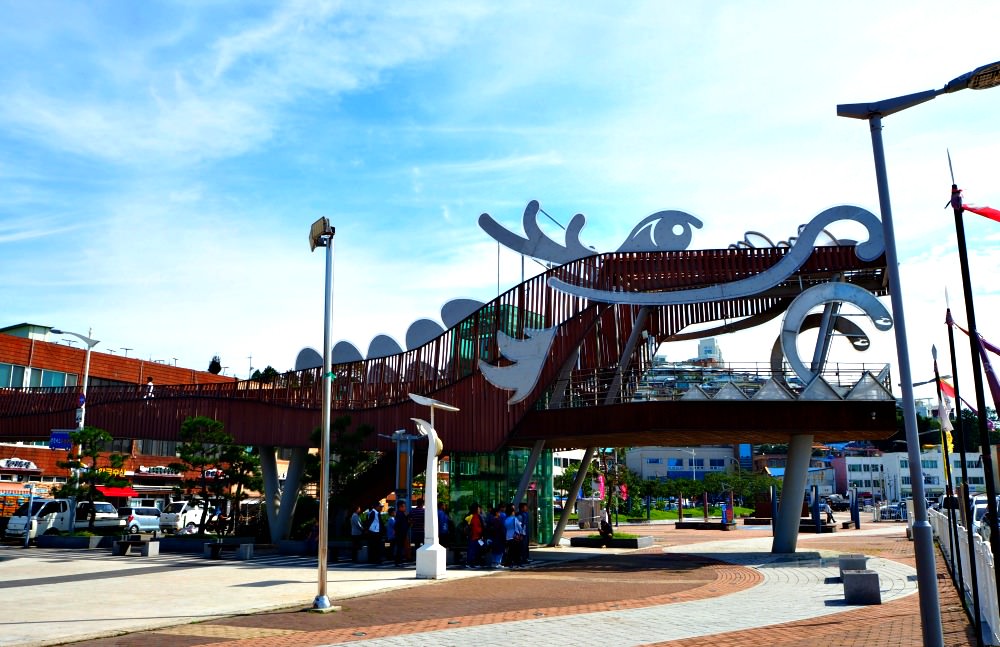 A viewing deck at Yi Sun-sin Square in Yeosu City
A viewing deck at Yi Sun-sin Square in Yeosu City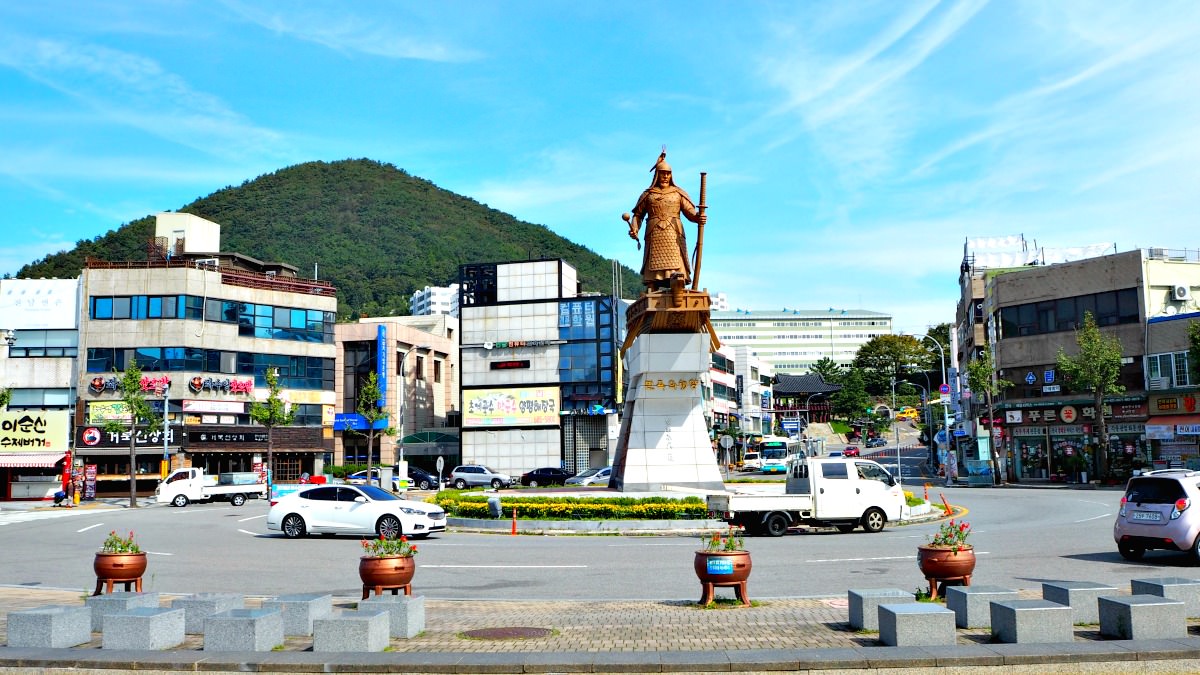 Yi Sun-sin Square in Yeosu
Yi Sun-sin Square in Yeosu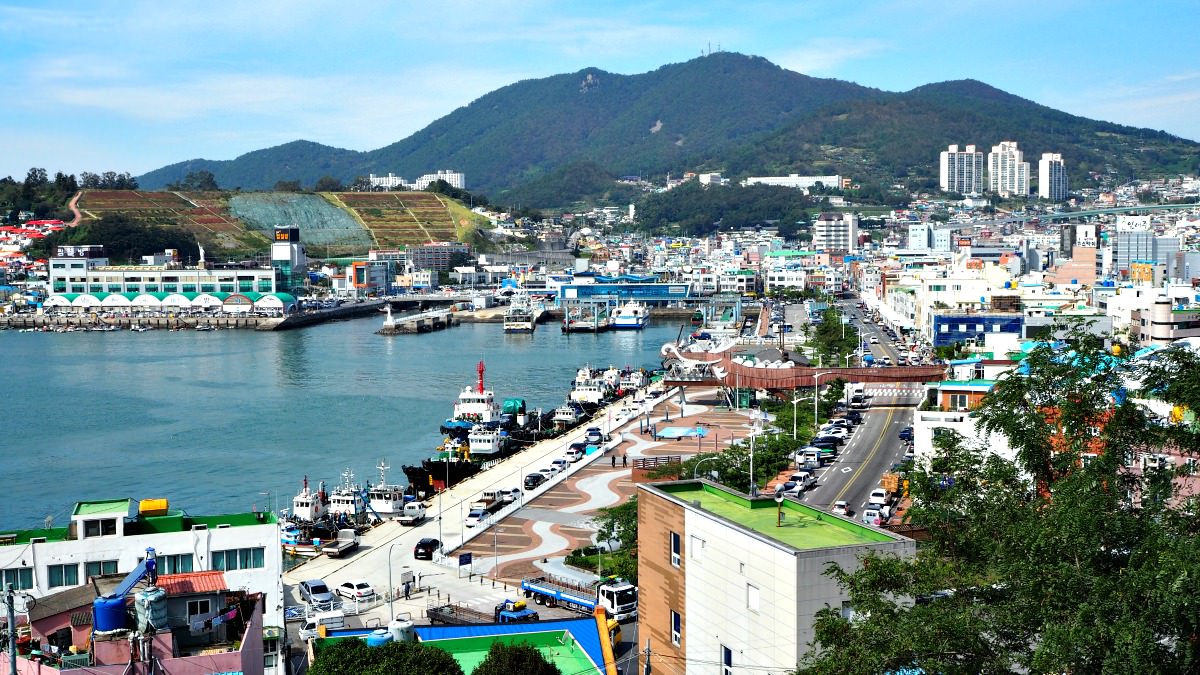 Yi Sun-sin Square in Yeosu
Yi Sun-sin Square in YeosuThe turtle ship, a Korean naval vessel, derived its name from its distinct curved roof that was believed to resemble the shape of a turtle shell.
Despite some scholars describing it as an early prototype of an ironclad ship, there is still uncertainty regarding the historical evidence supporting this claim.
The first turtle ships, known as gwiseon, were introduced in the early 15th century, around 1413 and 1415.
However, they eventually fell out of use during a period of relative calm when Korea's naval readiness decreased.
The credit for designing the improved turtle ship goes to Admiral Yi Sun-sin, whose innovations revolutionized maritime warfare during the Imjin War.
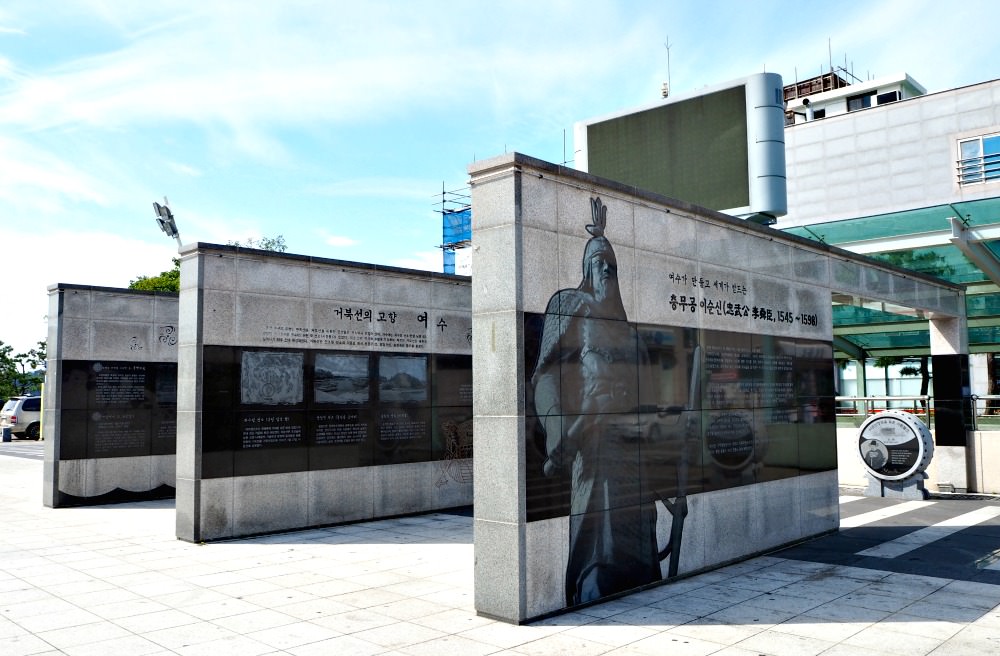 Historical blocks about Yi Sun-sin at Yi Sun-sin Square in Yeosu City.
Historical blocks about Yi Sun-sin at Yi Sun-sin Square in Yeosu City.Yi Sun-sin's Contributions
Admiral Yi Sun-sin was one of the greatest naval commanders in Korea's history. He led his turtle ships to victory in numerous battles against the Japanese naval forces during the Imjin War.
Despite facing overwhelming odds and being vastly outnumbered, Admiral Yi's ingenuity, strategic thinking, and unwavering leadership contributed to his winning 16 battles against the Japanese fleet.
One of Admiral Yi Sun-sin's most significant victories was in the Battle of Sacheon. In this battle, the turtle ship played a crucial role in securing victory for the Joseon Navy.
The turtle ship, which was heavily armored and equipped with spikes and cannons, was virtually indestructible and proved a formidable opponent for the Japanese navy.
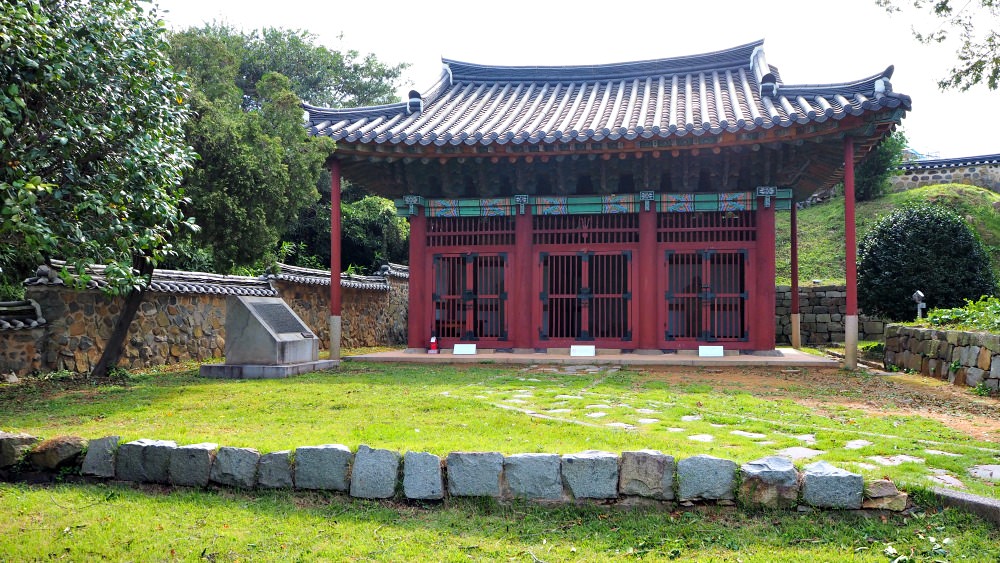 A pavilion dedicated to Admiral Yi Sun-sin in Yeosu City
A pavilion dedicated to Admiral Yi Sun-sin in Yeosu CityHowever, under the command of Won Gyun, the Joseon Navy suffered a devastating defeat in the Battle of Chilcheollyang. This battle was a stark reminder of the importance of leadership in warfare.
Despite having superior firepower and numbers, the Joseon Navy could not overcome the Japanese forces due to poor decision-making and lack of coordination among the commanders.
Admiral Yi Sun-sin's contributions to the Joseon Navy were significant and far-reaching. His legacy as a brilliant naval commander and strategist continues to inspire people in Korea and worldwide.
Structural Changes
The turtle ship, a Korean warship, underwent significant design and structural changes over time. One notable change was the increase in bulwark height, which accommodated additional slots for weaponry or ventilation.
The early versions of the ship had overlapping planks on the deck, while later depictions feature flush, hexagonal plates made of wood or iron.
The turtle ship was designed to be both oar and sail-powered, which made it surprisingly fast. This design feature allowed the boat to move quickly through the water, giving it an advantage in battles.
Additionally, the ship's curved design made it difficult for enemy ships to board, and its iron spikes aided in ramming other vessels.
Overall, the turtle ship's design and structure changed over time, making it a formidable vessel that was fast and effective in combat.
Roofing and Iron Spikes
The turtle ship, a highly advanced naval vessel developed by the Korean admiral Yi Sun-sin during the 16th century, was a true marvel of naval engineering.
While contemporary accounts offer differing descriptions of the ship's features, some non-contemporary sources suggest that it was covered with heavy metal plates, making it the first armored ship in history.
The ship's roof was also a remarkable innovation, as it was equipped with iron spikes to prevent boarding by enemy forces.
These spikes were affixed to the roof in a way that made them difficult to dislodge, and they effectively prevented enemy soldiers from scaling the ship's walls and gaining entry.
The spikes were also designed to break off easily when struck, minimizing the risk of damage to the ship's roof.
The combination of metal plating and iron spikes made the turtle ship virtually impregnable and a formidable opponent on the high seas.
During the Imjin War, the turtle ship played a crucial role in repelling Japanese forces and helped secure a decisive victory for the Korean navy.
Today, the turtle ship of Admiral Yi Sun-sin is celebrated as a remarkable achievement of naval engineering and a testament to Admiral Yi Sun-sin's ingenuity.
In short, with their unique design and formidable capabilities, the turtle ships remain a testament to Admiral Yi Sun-sin's ingenuity and unwavering commitment to defending Korea against invasion.
If you are in Seoul, you can visit the statue of Admiral Yi Sun-sin located in Gwanghwamun Square.
Thanks for reading!
- Home
- Historical Attractions
- Turtle Ship of Admiral Yi Sun-sin
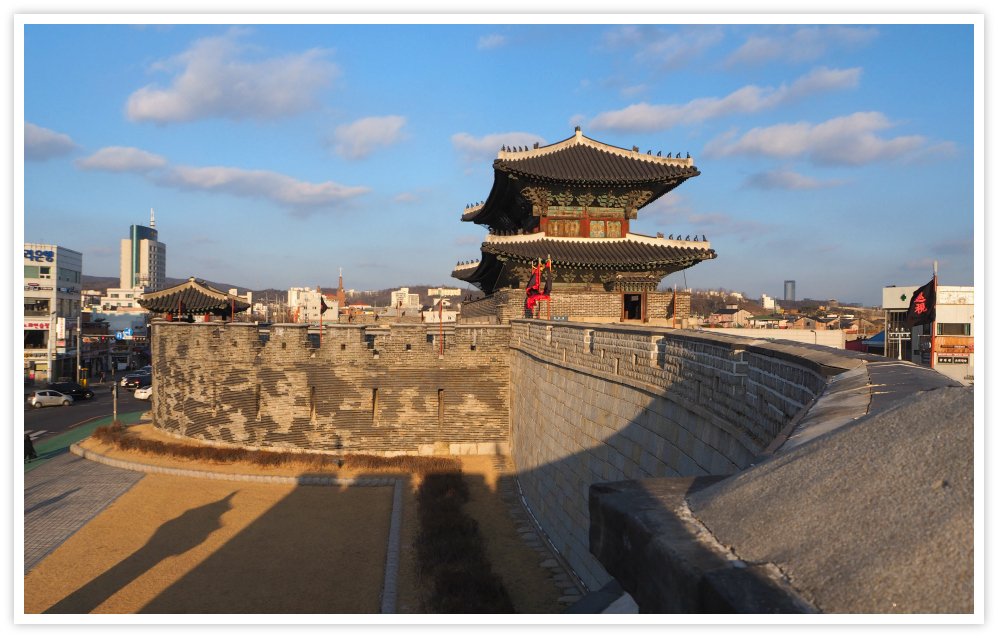
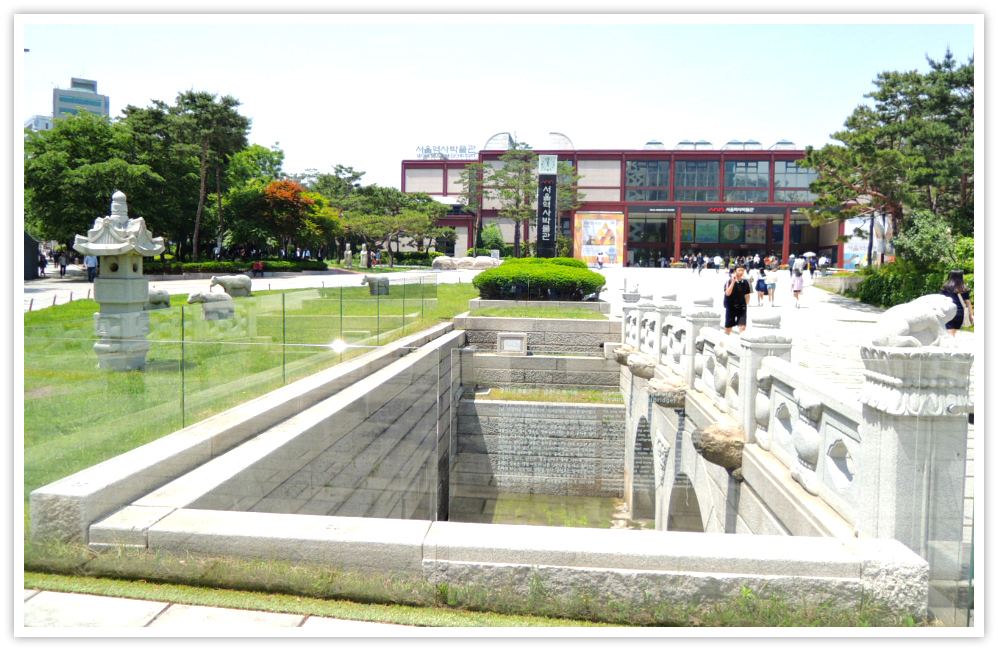
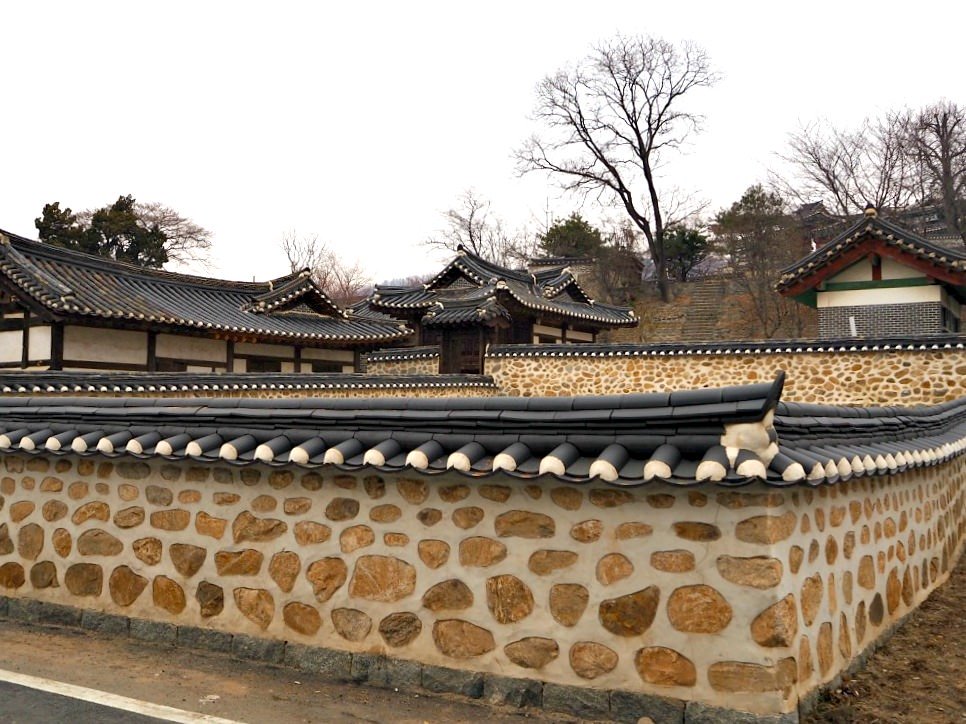
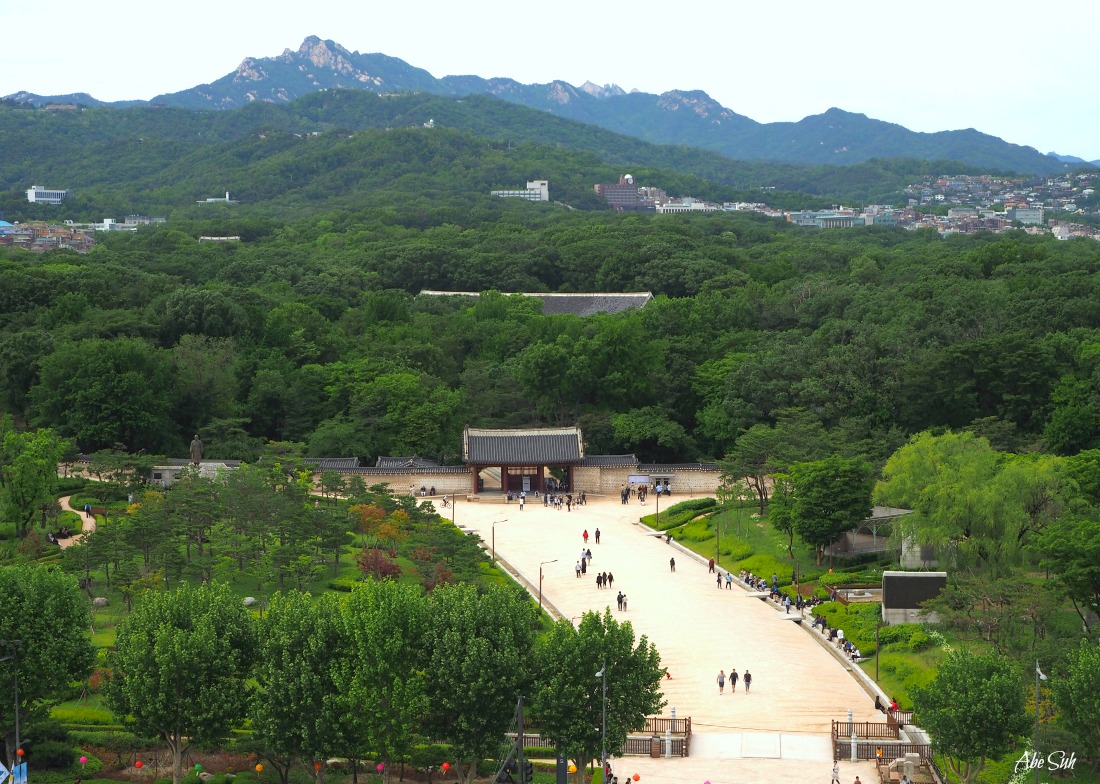
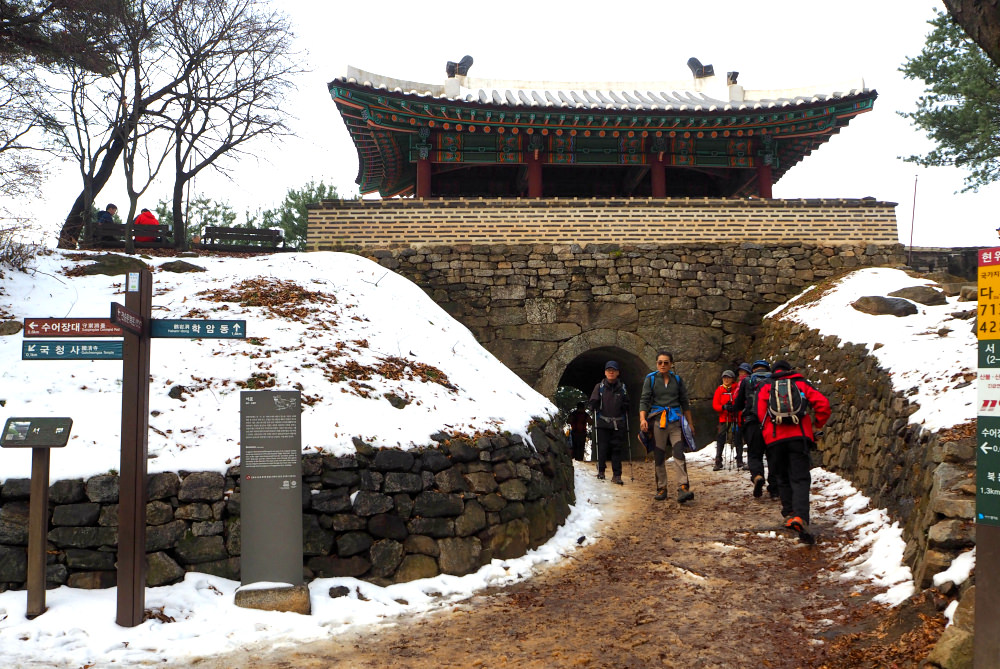
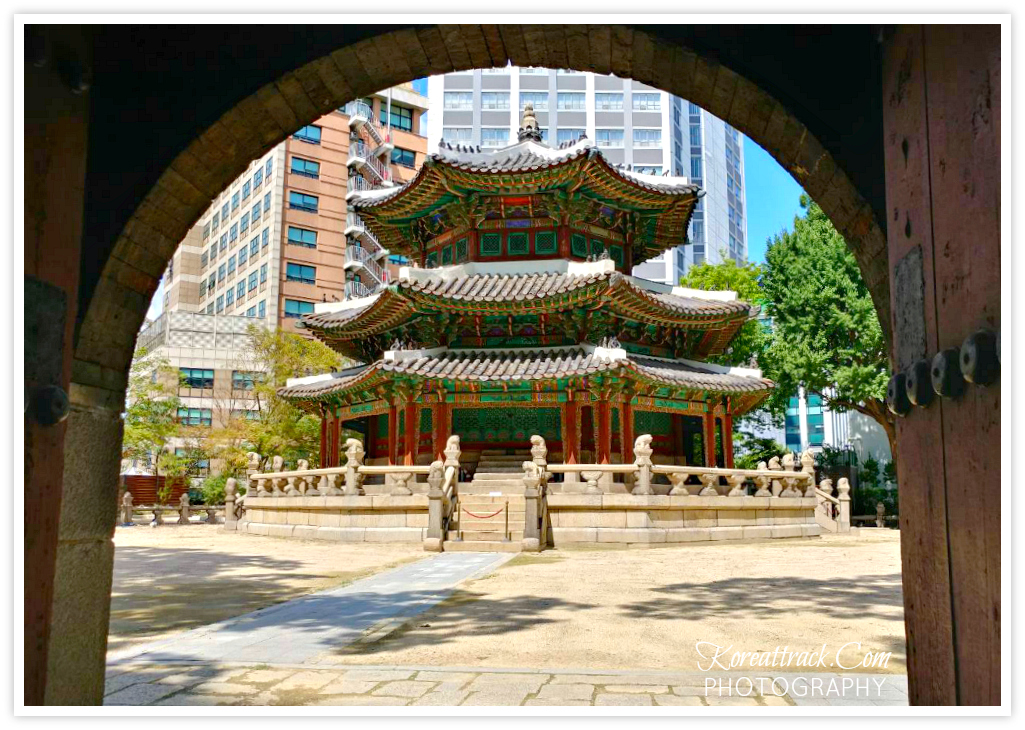

New! Comments
What do you think about this page? Leave me a comment in the box below.